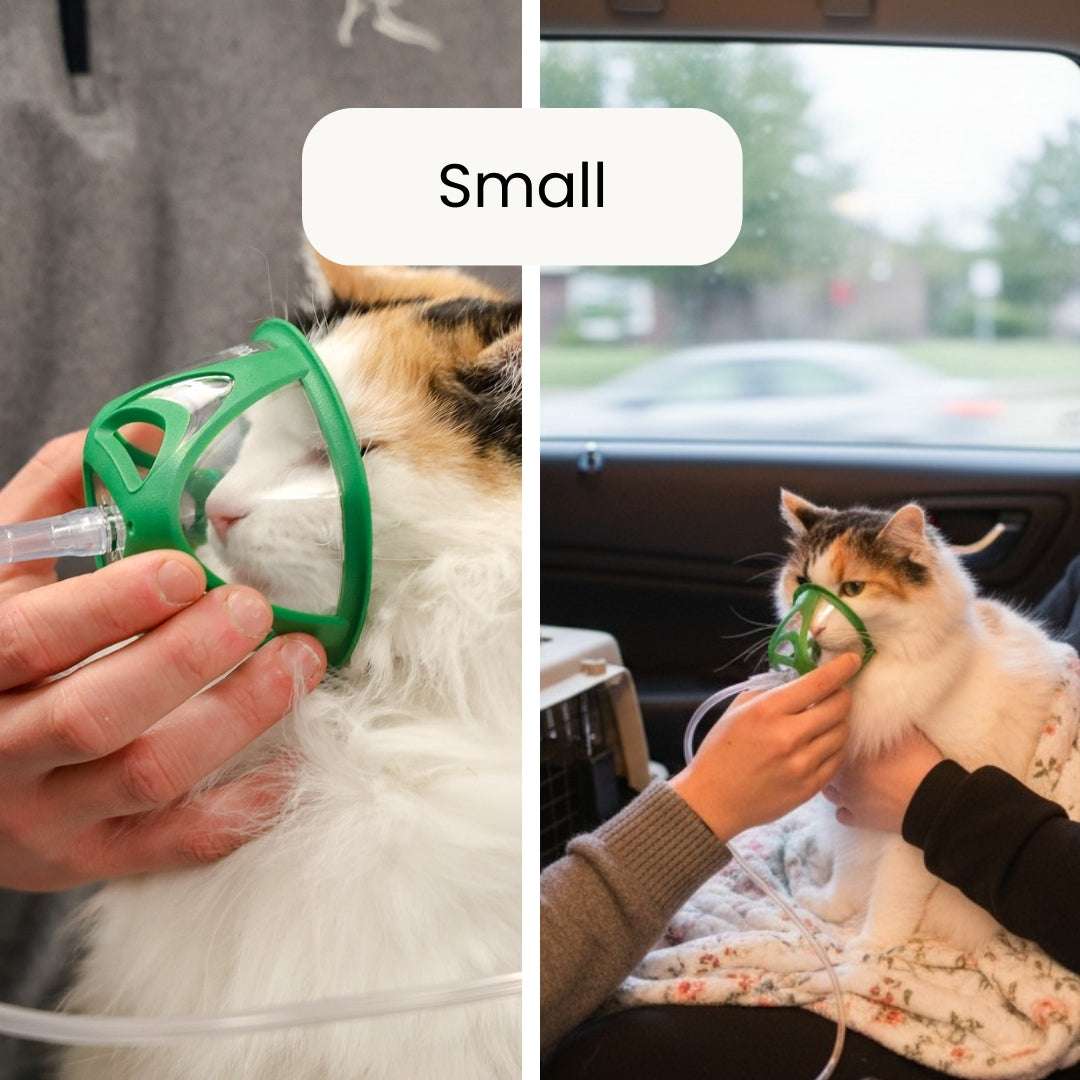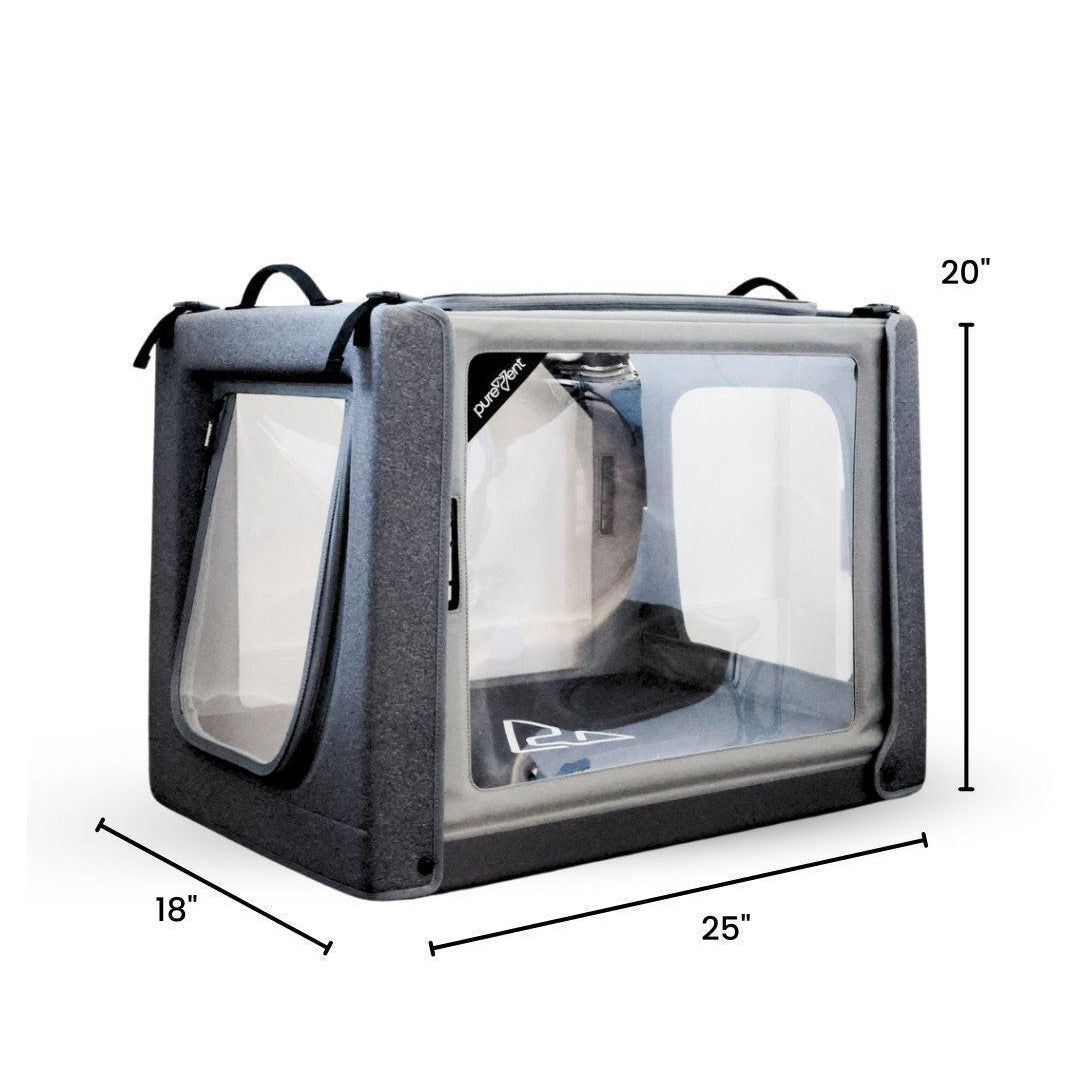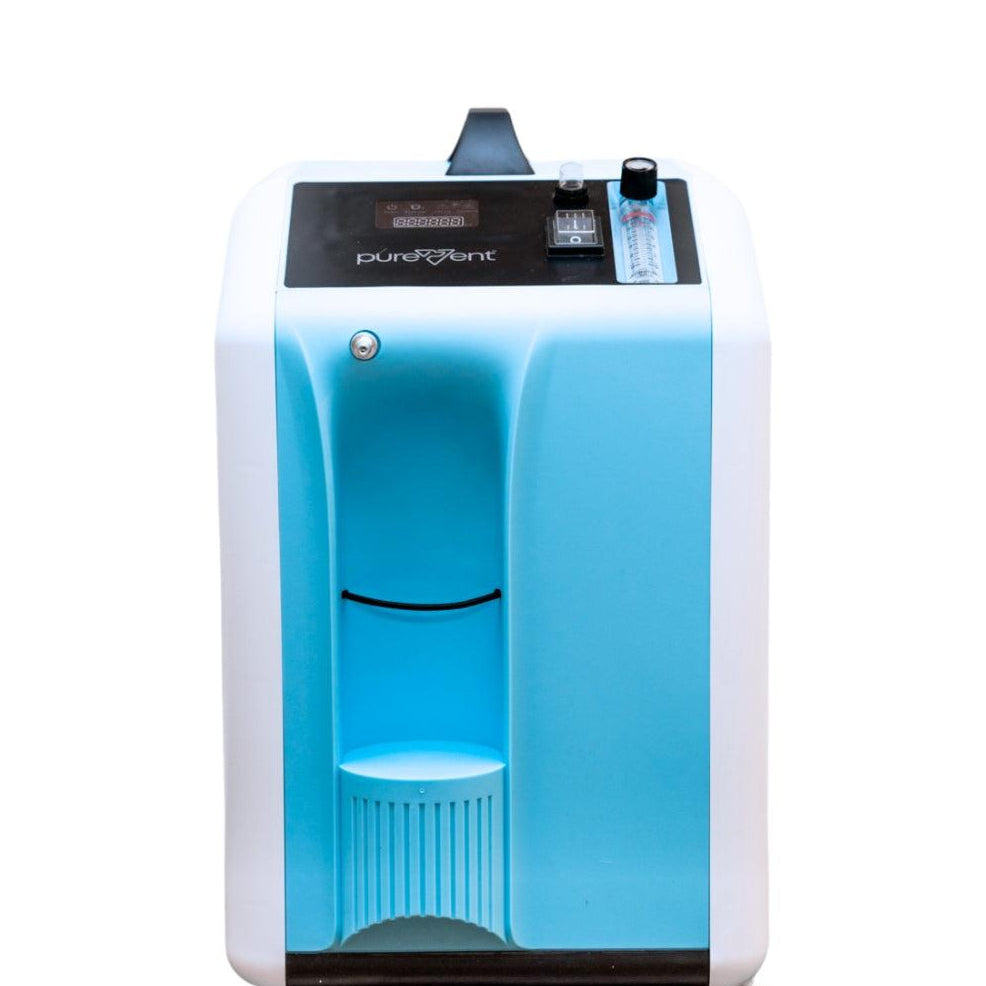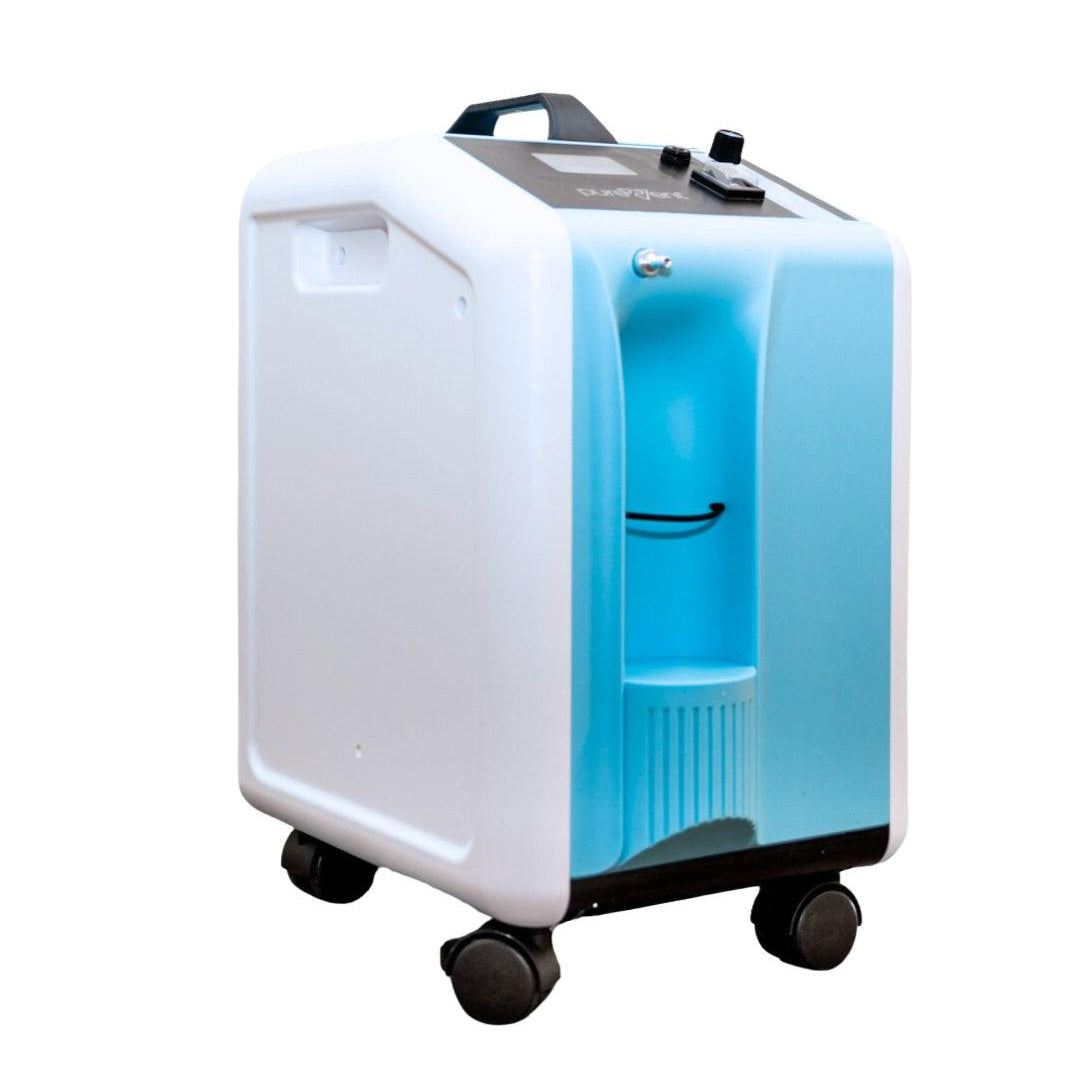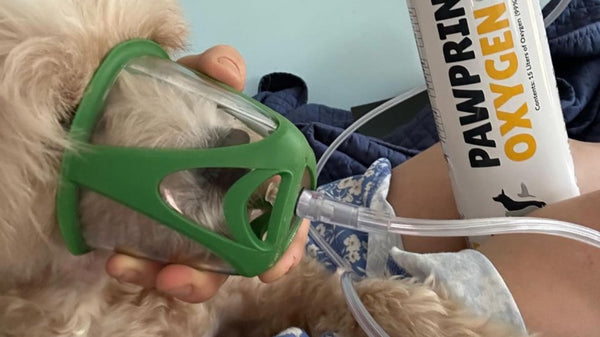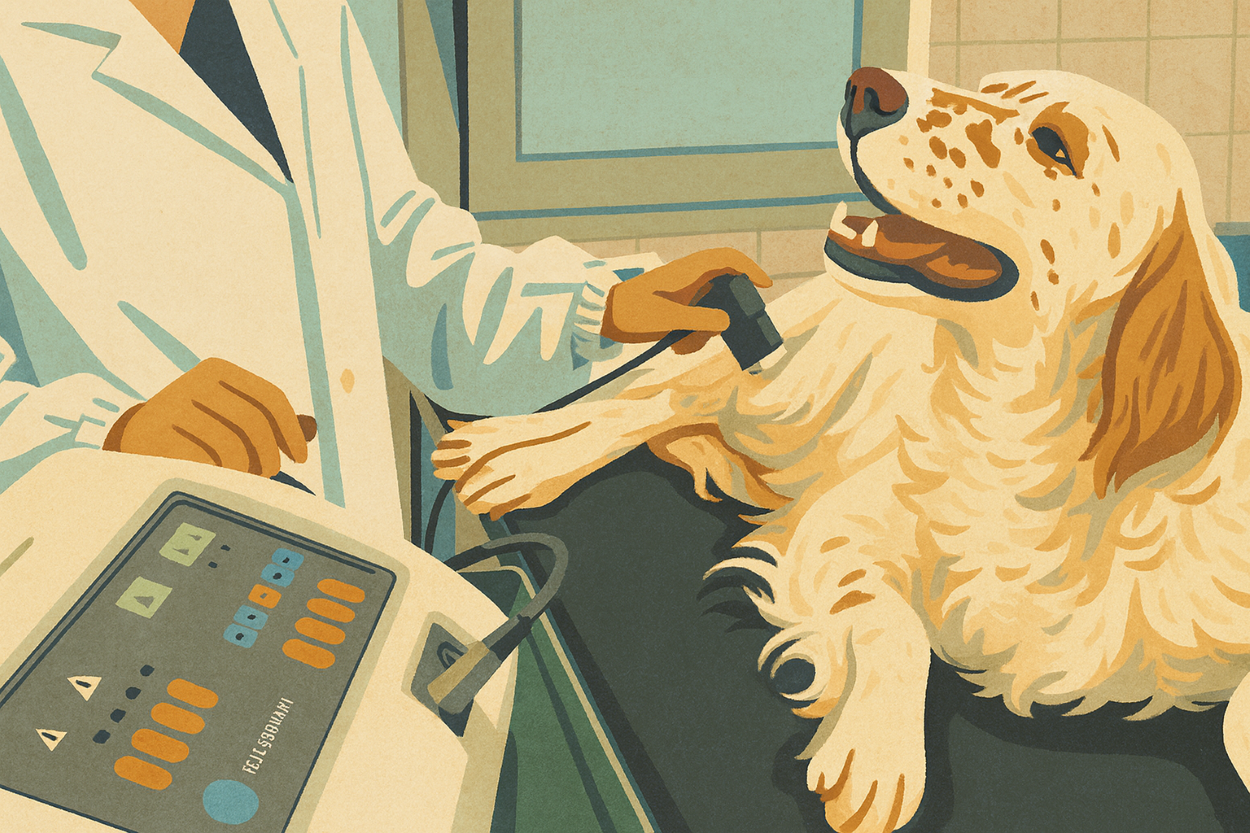An echocardiogram is a powerful diagnostic tool that helps veterinarians assess your pet’s heart health in real time. By identifying conditions such as valve disease, cardiomyopathy, or congenital defects early, vets can create targeted treatment plans to improve heart function and quality of life. With timely diagnosis, proper medication, and supportive care like at-home oxygen therapy, many pets with heart disease can live longer, more comfortable lives.
Table of Contents
Heart health plays a vital role in your pet’s overall well-being, affecting everything from their energy levels to their ability to breathe comfortably. When heart disease is suspected, veterinarians often turn to an echocardiogram, a safe, non-invasive imaging tool that allows them to see how the heart is functioning in real time. This detailed view helps identify structural or functional issues early, guiding treatment and improving outcomes. In this article, we’ll explore what an echocardiogram is, when it’s recommended, what heart conditions it can detect, and how treatments, including at-home oxygen therapy, can help pets live longer, healthier lives.

What Is an Echocardiogram?
An echocardiogram is an ultrasound of the heart that allows veterinarians to visualize how a pet’s heart is functioning in real time. Using high-frequency sound waves, it creates detailed images of the heart’s chambers, valves, and blood flow, helping vets identify structural abnormalities or issues with circulation. This test is typically performed by a veterinary cardiologist or a trained veterinarian and provides far more detail about heart function than other imaging tools. Unlike X-rays, which show the size and shape of the heart, or EKGs (electrocardiograms), which measure electrical activity, an echocardiogram offers a dynamic view of how the heart moves and pumps blood.
Key points about echocardiograms:
- Non-invasive ultrasound that produces live images of the heart
- Shows chamber size, valve function, and blood flow patterns
- Typically performed by a veterinary cardiologist or trained vet
- Provides more functional detail than X-rays or EKGs
When Do Vets Recommend an Echocardiogram?
Veterinarians may recommend an echocardiogram when a pet shows signs that could indicate an underlying heart problem. Because heart disease can progress silently, this test helps identify issues before they become severe. Early diagnosis allows for faster treatment and better long-term outcomes for your pet’s health.
Common signs that may prompt an echocardiogram include:
- Coughing or difficulty breathing
- Fainting (syncope) or collapsing episodes
- A heart murmur detected during a routine exam
- Rapid breathing, fatigue, or reduced tolerance for exercise
What Conditions Can an Echocardiogram Detect?
An echocardiogram is one of the most valuable tools for identifying and monitoring heart conditions in pets. By providing real-time images of the heart’s structure and function, it allows veterinarians to diagnose specific diseases and determine their severity. This information helps guide treatment plans and track how a pet’s heart responds to therapy over time.
Common heart conditions an echocardiogram can detect include:
- Mitral Valve Disease (MVD): Common in small dog breeds; causes valve leakage and heart enlargement.
- Dilated Cardiomyopathy (DCM): Common in large dog breeds; the heart muscle becomes weak and enlarged.
- Hypertrophic Cardiomyopathy (HCM): Common in cats; the heart muscle thickens, reducing blood flow.
- Congenital Heart Defects: Structural abnormalities present from birth that affect blood circulation.
- Pericardial Effusion: Fluid buildup around the heart that can compress it and impair function.
What treatment options are available for pets with heart disease?
Treatment for heart disease in pets often includes medications to improve heart function, reduce fluid buildup, and control abnormal rhythms. Your veterinarian may also recommend diet changes, such as low-sodium food, to reduce strain on the heart. Oxygen therapy can provide immediate relief during breathing difficulties or be used at home for ongoing support. In some cases, surgical procedures or specialized interventions may be considered, depending on the type and severity of the disease.
How often will my pet need checkups once diagnosed with heart disease?
Most pets with heart disease will need checkups every 3–6 months, though the exact schedule depends on the severity of their condition. Your veterinarian may recommend regular bloodwork, X-rays, or echocardiograms to monitor heart function and adjust treatment as needed. Pets with advanced disease or rapidly changing symptoms may require more frequent visits to ensure their care plan is working effectively.
What should I do in an emergency?
If your pet collapses or struggles to breathe, treat it as a medical emergency and seek veterinary care immediately. Keep your pet calm and avoid unnecessary movement, as stress can worsen their condition. If you have access to oxygen at home, you can provide supportive therapy while on the way to the clinic, but do not delay getting professional help. Quick action can be critical in these situations.
What Happens During the Test
During an echocardiogram, most pets are gently placed on their side while a small area of fur on the chest is shaved to allow better contact with the ultrasound probe. The procedure is completely painless and typically does not require sedation, as the veterinarian or technician carefully holds the pet still for clear imaging. As the probe moves across the chest, it captures real-time visuals of the heart’s movement and blood flow. In many cases, the results are reviewed immediately by a veterinary cardiologist, allowing for quick diagnosis and discussion of next steps.
Treatment Options for Common Heart Conditions
Once a heart condition is diagnosed, veterinarians create a treatment plan tailored to each pet’s needs and disease stage. Most heart conditions can be managed effectively with the right combination of medications, lifestyle adjustments, and ongoing monitoring. These approaches work together to ease the heart’s workload, improve circulation, and enhance your pet’s comfort and quality of life.
Common treatment options include:
Medications:
- Diuretics to reduce fluid buildup in the lungs or abdomen
- ACE inhibitors to lower blood pressure and decrease strain on the heart
- Pimobendan to strengthen heart contractions and improve circulation
- Beta blockers or calcium channel blockers to manage irregular heart rhythms
Lifestyle Adjustments:
- Maintaining a healthy weight, feeding a low-sodium diet, and providing gentle, consistent exercise
Monitoring:
- Regular echocardiograms, X-rays, or bloodwork to track disease progression and adjust treatment as needed
The Role of Supplemental Oxygen at Home
For pets with heart disease or low oxygen levels, supplemental oxygen can be a crucial part of their care plan. By increasing the amount of oxygen available to the body, it helps reduce strain on the heart and lungs while improving comfort and recovery. Oxygen therapy can be used both during emergencies and as part of ongoing home management for chronic conditions.
Benefits and options for at-home oxygen therapy include:
- Reducing stress on the heart and lungs by improving oxygen flow
- Supporting easier breathing during flare-ups or emergency situations
- Providing stability and comfort during rest or transport
- Options for home use include portable oxygen kits, oxygen concentrators, and oxygen chambers
- Always used under veterinary guidance as part of a long-term care plan
How Pet Owners Can Support Their Pet’s Heart Health
Pet owners play a vital role in maintaining their pet’s heart health. Regular veterinary checkups and early testing can catch heart conditions before they become serious, giving pets the best chance for a positive outcome. It’s also important to monitor for subtle changes in energy, breathing, or behavior and share those observations with your veterinarian or cardiologist. With prompt treatment and supportive tools like oxygen therapy, many pets with heart disease can enjoy a longer, more comfortable life.
Providing the Best Possible Life
Echocardiograms are an essential tool in diagnosing and managing heart conditions in pets, providing veterinarians with a clear view of how the heart is functioning. Early detection through this test allows for timely treatment and a better quality of life for pets living with heart disease. With proper medical care and at-home support, such as oxygen therapy, many pets can continue to live comfortably for years. Remember, managing a heart condition is a team effort between you and your veterinary care team, working together to give your pet the best possible life.
Key Points
- Echocardiograms are non-invasive ultrasounds that allow vets to see how a pet’s heart is functioning in real time.
- This test helps diagnose common heart conditions like mitral valve disease, cardiomyopathy, and congenital defects.
- Early testing can detect heart issues before symptoms worsen, improving treatment outcomes.
- Most echocardiograms are painless and do not require sedation.
- Treatment often includes medications, lifestyle adjustments, and regular monitoring.
- Supplemental oxygen at home can help pets with heart disease breathe easier and reduce strain on the heart.
- Ongoing communication with your veterinarian is key to managing your pet’s heart health and quality of life.









